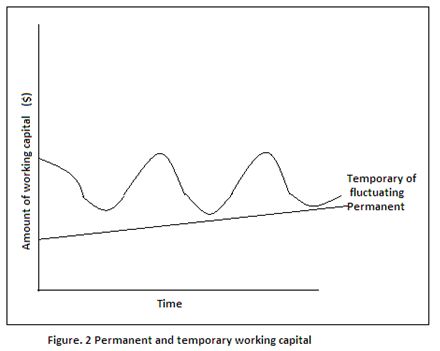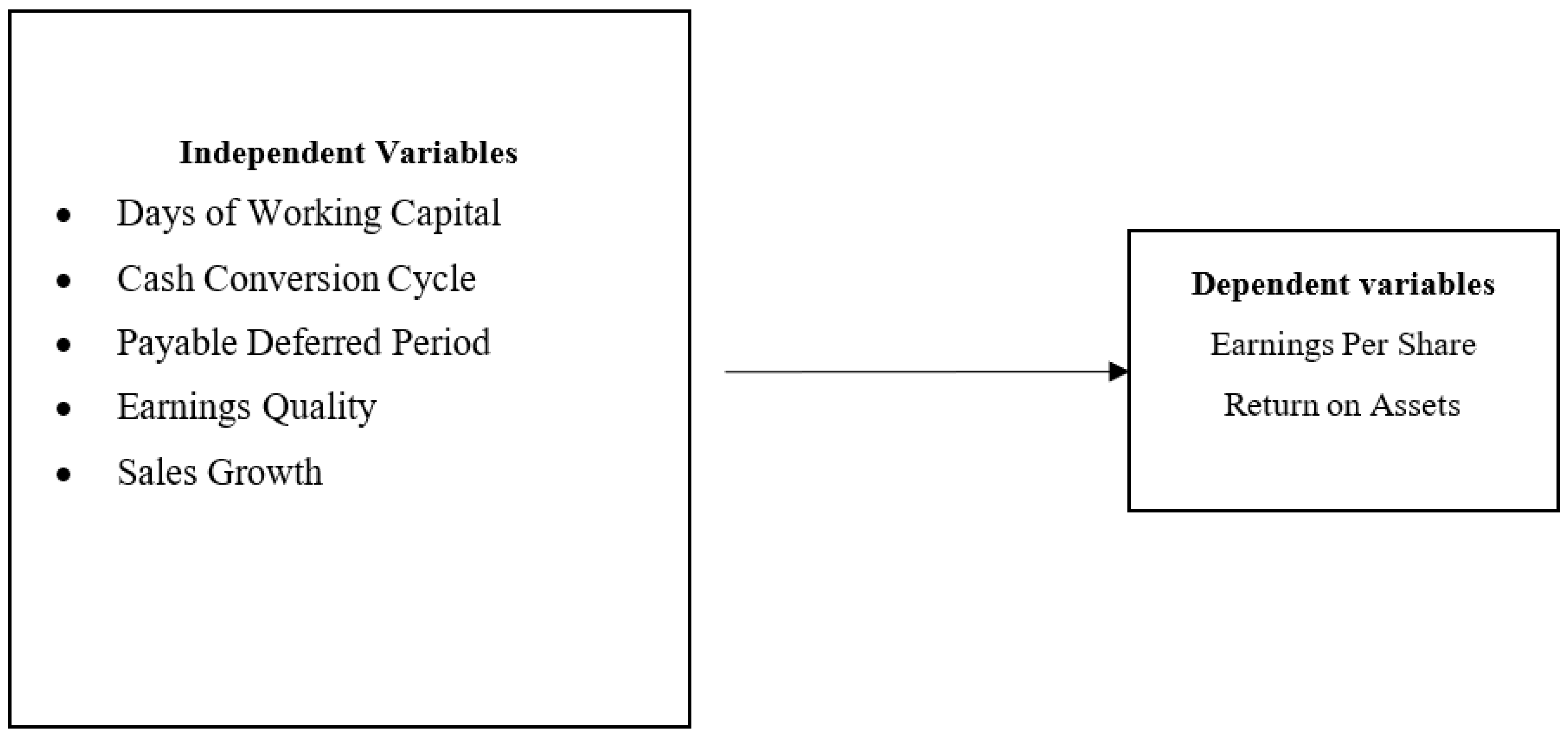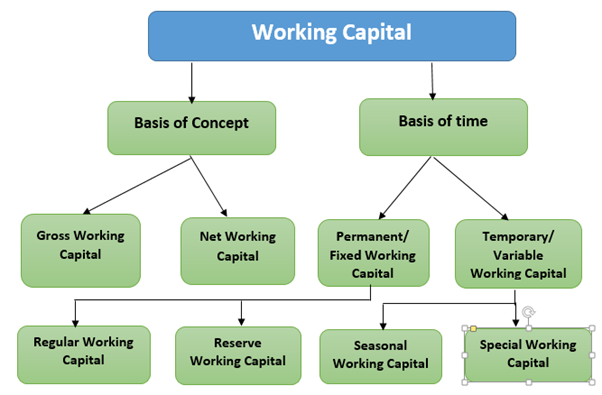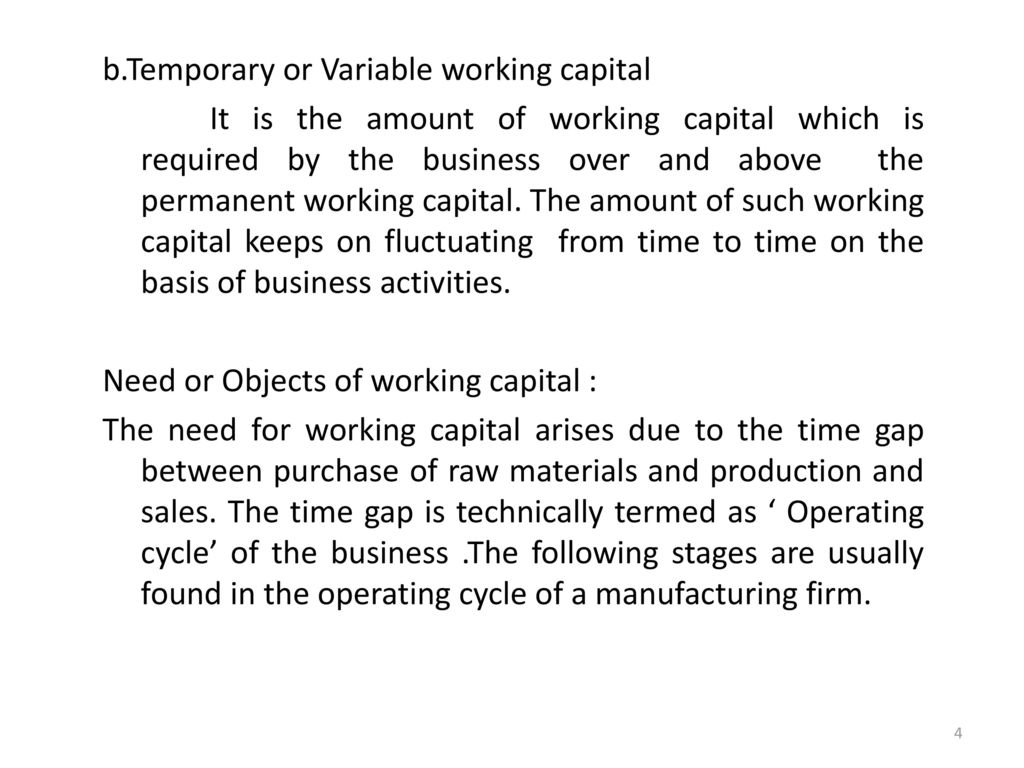Variable working capital is a concept that is used to analyze and manage a company's short-term financial resources, specifically its current assets and current liabilities. These are assets and liabilities that are expected to be converted into cash or settled within one year or less. They include items such as inventory, accounts receivable, and accounts payable.
The goal of managing variable working capital is to ensure that a company has sufficient short-term resources to meet its ongoing operational needs, while also maximizing the return on these resources. This involves striking a balance between having enough resources to meet the company's short-term obligations, but not holding onto excess resources that could be put to better use elsewhere.
There are several ways that companies can manage their variable working capital. One common approach is to focus on optimizing inventory levels. By accurately forecasting demand and carefully managing inventory levels, companies can avoid overstocking, which can tie up resources and increase the risk of inventory becoming obsolete. On the other hand, running out of inventory can lead to lost sales and customer dissatisfaction.
Another way to manage variable working capital is by efficiently managing accounts receivable. This involves setting up clear payment terms with customers and following up on overdue payments in a timely manner. By doing so, companies can ensure that they receive payment for their goods or services in a timely manner, which can help to maintain a positive cash flow.
Finally, managing accounts payable is another important aspect of managing variable working capital. This involves negotiating favorable payment terms with suppliers and taking advantage of early payment discounts, when possible. By doing so, companies can effectively manage their short-term cash outflows, which can help to improve their overall financial position.
In conclusion, variable working capital is an important concept for companies to understand and manage effectively. By optimizing inventory levels, efficiently managing accounts receivable, and effectively managing accounts payable, companies can ensure that they have the resources they need to meet their short-term obligations and maximize the return on their short-term financial resources.





